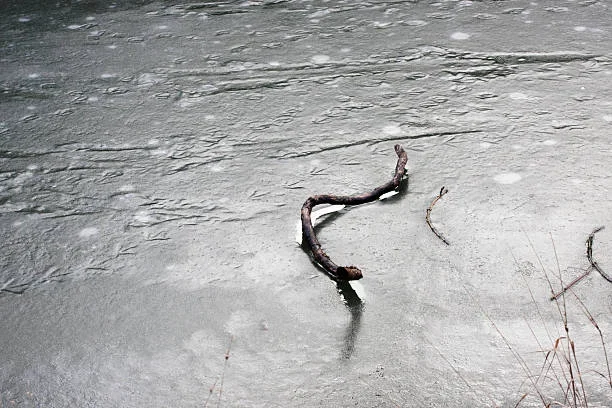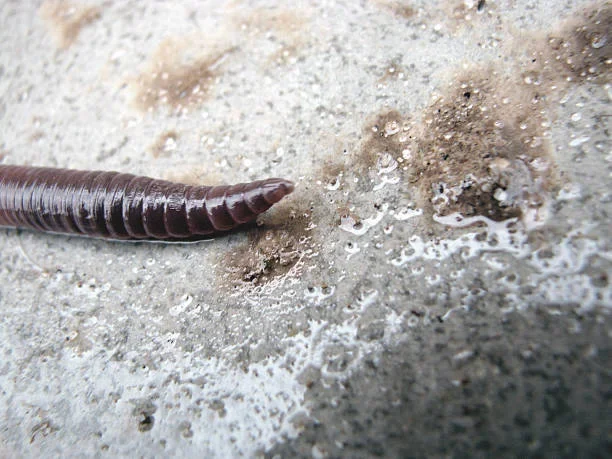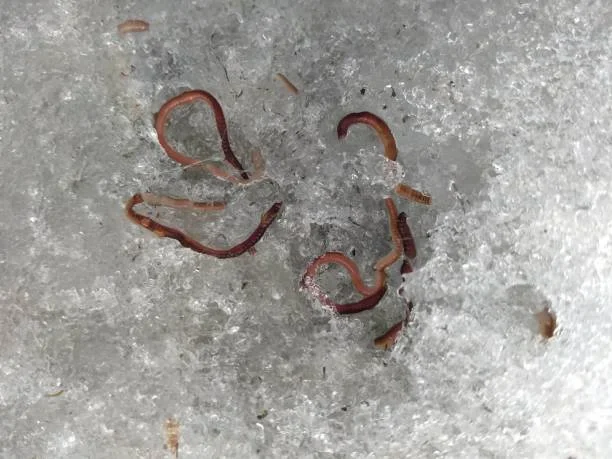Most people think glaciers are lifeless blocks of ice, but hidden within Alaska’s frozen giants lives a creature stranger than fiction: the ice worm. Found in places like Mendenhall, Exit, and Harding Icefield, these tiny black worms (Mesenchytraeus solifugus) spend their entire lives inside glacier ice, thriving in conditions where nearly all other animals would freeze to death.
Masters of Cold-Weather Survival
Ice worms have evolved remarkable adaptations to survive in subzero environments. Their bodies produce special proteins that work like natural antifreeze, preventing ice crystals from forming in their tissues. Even more surprisingly, they can only live in near-freezing temperatures. Expose them to warmth above 40°F (4°C), and they quickly die.
Life Inside the Ice
Beneath the glacier’s surface lies a hidden network of tiny water-filled channels. Here, ice worms feed on algae, bacteria, and microscopic organic matter that filters down from above. In summer evenings, they emerge onto the ice surface to graze on nutrient-rich meltwater, retreating before the daytime sun can warm them too much.

Active All Year Round
While many Arctic animals hibernate or migrate to survive winter, ice worms remain active every month of the year. Glaciers provide a stable cold habitat with a steady trickle of food, and their icy homes protect them from most predators, except for the occasional bird that snatches them during summer.

Why Scientists Are Fascinated
Ice worms aren’t just a curiosity for glacier hikers, they’re a goldmine for research. Scientists study their antifreeze proteins for potential use in medicine, biotechnology, and cryopreservation. Their ability to thrive in extreme cold also makes them a model for understanding how life might exist on icy worlds like Jupiter’s moon Europa or Saturn’s moon Enceladus.
Why Scientists Are Fascinated
Ice worms aren’t just a curiosity for glacier hikers, they’re a goldmine for research. Scientists study their antifreeze proteins for potential use in medicine, biotechnology, and cryopreservation. Their ability to thrive in extreme cold also makes them a model for understanding how life might exist on icy worlds like Jupiter’s moon Europa or Saturn’s moon Enceladus.
Small Worms, Big Role
Though barely an inch long, ice worms play a key role in glacier ecosystems. By feeding on and recycling organic material trapped in the ice, they help transfer nutrients from glaciers to nearby streams and forests, proving that even the smallest creatures can have a big environmental impact.












